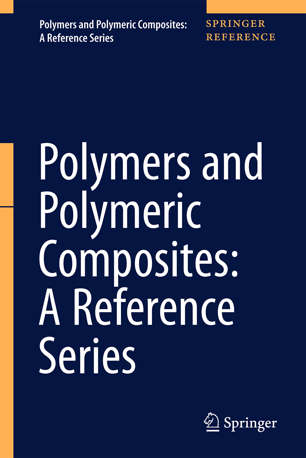Cellulose-Based Composite Hydrogels: Preparation, Structures, and Applications

In this chapter, cellulose-based composite hydrogels were summarized in three categories according to the components. Synthetic polymer/cellulose composite hydrogels combine the advantages of synthetic polymers and cellulose. Soluble cellulose derivatives are feasible to construct the composite hydrogels with polyacrylamide, polyvinyl alcohol, polyacrylic acid, and so on. The composite hydrogels are normally applied as superabsorbents for heavy metal ions and dyes because the abundant functional groups in the hydrogels can act as binding sites. Due to most of the crosslinked polymeric hydrogels suffering from poor mechanical performance, low breaking strain, and sensitivity to fracture, cellulose nanocrystal can be combined into the hydrogels to enhance the mechanical properties significantly in order to obtain the mechanically strong, tough, or highly stretchable nanocomposite hydrogels. Natural macromolecules/cellulose composite hydrogels have a great potential for applications in tissue engineering, drug delivery, sensors, and purification for their excellent biocompatible, biodegradable, and nontoxic properties. Cellulose hydrogels have high mechanical strength and good permeability for liquids, gases, and electrolytes, the composite hydrogels which combine cellulose and extracellular matrixes are very promising scaf folds for the tissue repair and regeneration. Chitosan, alginate, and other polysaccharides are popular natural macromolecules for the composite hydrogels. Inorganics/cellulose composite hydrogels have recently received considerable attentions in both academic research and industrial application due to their excellent hybrid properties. Montmorillonite, clay, and bentonite are traditional inorganic minerals to fabricate the composite hydrogels as superabsorbents for water treatment, personal care, and agriculture. Nanoparticles of ZnO and Ag are also incorporated into the cellulose hydrogels to render the antimicrobial activity to biomedical materials. Recently, the novel cellulose-based composite hydrogels with graphene oxide, carbon nanotube, and carbon dots show potential applications in supercapacitors and biosensors.
Continue in Polymers and Polymeric Composites: A Reference Series

